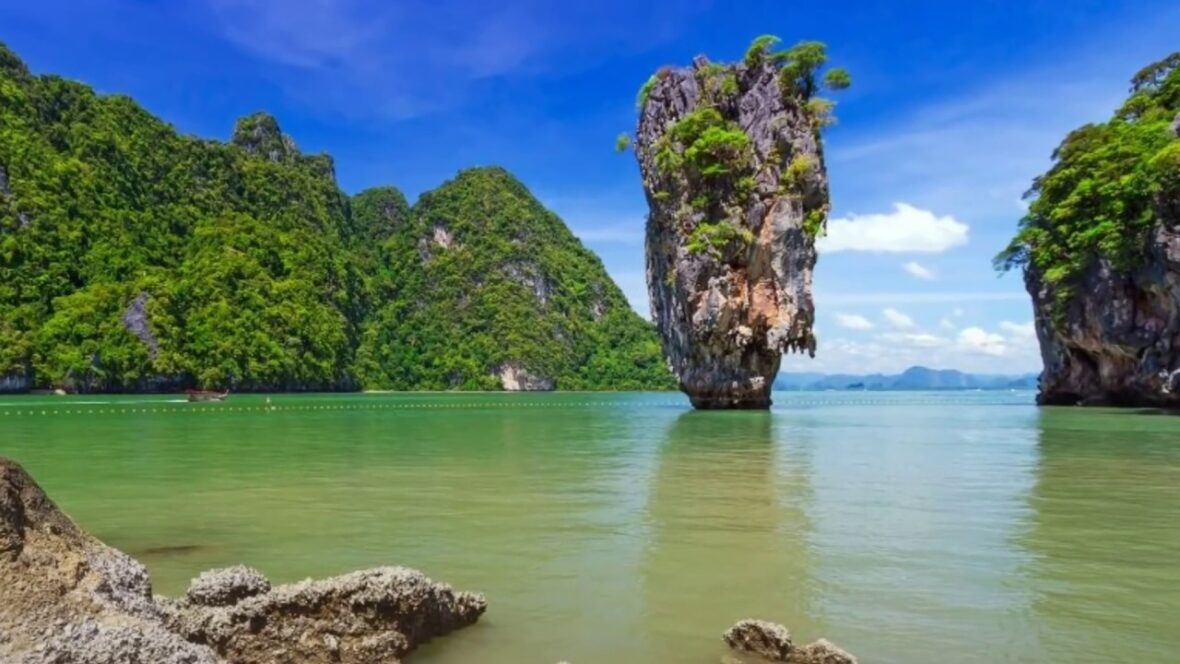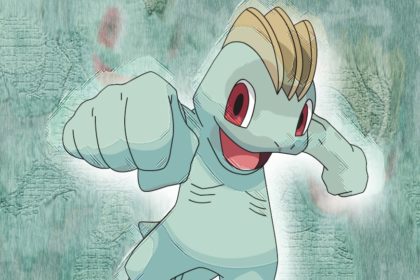At the south-eastern edge of the Bay of Bengal, you’ll find Andaman and Nicobar Islands, a group of islands on a union territory of India. This tropical paradise of over 570 islands boasts white sandy beaches and turquoise waters that are simply stunning. Take a look below for 30 incredible and fascinating facts about Andaman and Nicobar Islands.
1. Positioned on the old trade route between India and Myanmar, the Andaman Islands were visited by the navy of the English East India Company in 1789.
2. In 1872 they were administratively connected by the British to the Nicobar Islands.
3. In 1956, the two groups of islands became a union territory of the Republic of India.
4. The Andaman and Nicobar Islands represent a small slice of heaven and lie in the Bay of Bengal, around 1,400 km away from the east coast of India.
5. The Andaman and Nicobar Islands are made up of 572 islands however, just 37 of these are inhabited.
6. The capital city of Andaman and Nicobar Islands, Port Blair is the entry to the archipelago and is linked with many islands through multiple daily ferries.
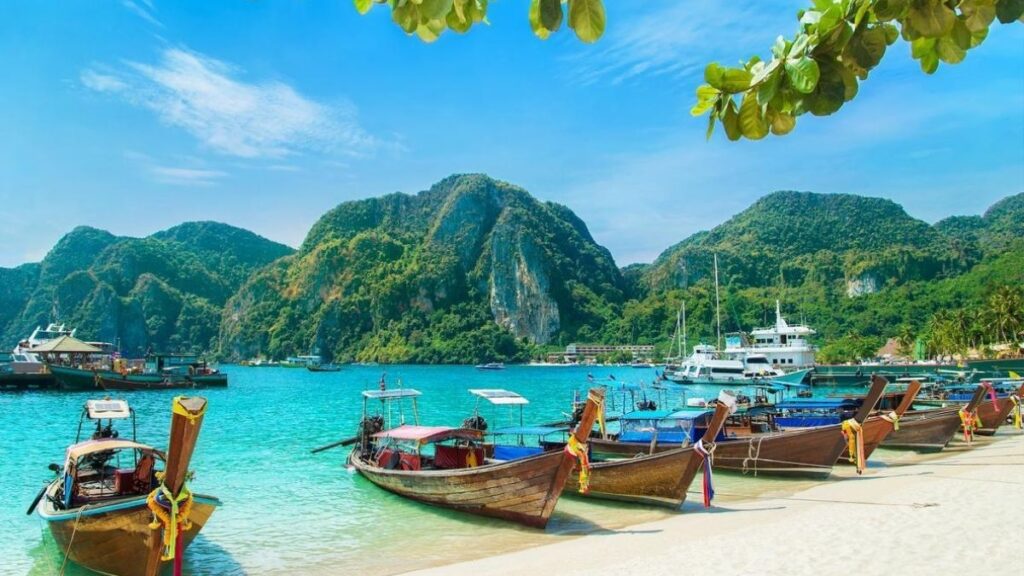
7. How did the Andaman Islands get its name? It’s supposed that it’s a derivation of the Malay word Hanuman: Lord Hanuman (The Hindu Monkey God) who stopped in the region while on his way to Sri Lanka.
8. Many islands including Neil and Ross were named after British engineers, dating back to the East India Company.
9. Some of the most famous islands among tourists known for pearly white sands, palm-lined shores in the Andaman’s are Havelock and Neil Island.
10. It is here that Persian, Arab, Indian, and European merchants stopped when they were traveling to Burma and going further east.
11. On the archipelago, bases were established by various South Asian empires including the British and the Japanese in order to rule the surrounding seas, but none of them succeeded in doing this.
12. It was so isolated that it was used as a penal colony under the British for Indian freedom fighters.
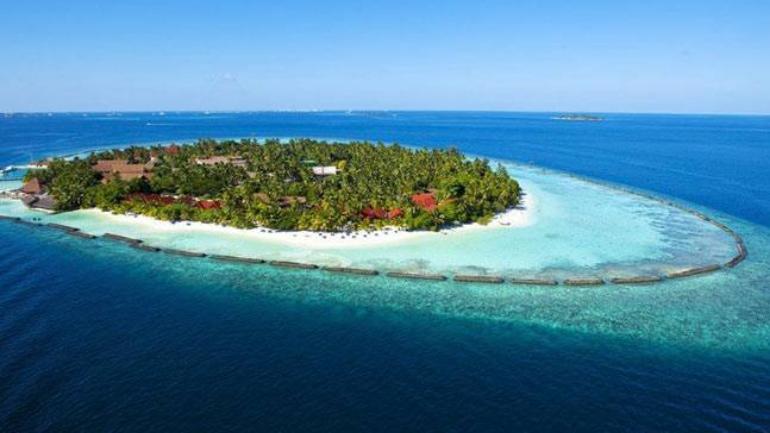
13. Its Cellular Jail – “Kaala Paani” in Port Blair imprisoned the freedom fighters that were exiled from India during the British era.
14. During World War II the Andaman and Nicobar islands were occupied by the Japanese. The occupation lasted for 3 years!
15. The earliest humans that migrated out of Africa are the ancestors of the tribal groups populating the Islands. Living in protective isolation for at least 60,000 years they form the only known remaining Palaeolithic society. One of today’s biggest unsolved mysteries is how and when these people arrived on the islands.
16. The Sentinelese, living on a small forested island called North Sentinel, are one of the most secluded tribes.
17. To this day they continue to resist all contact with the outside world. Their unfriendliness to strangers is easily understandable, for the outside world has brought them little but violence and contempt.
18. In 1879, for example, an elderly couple and some children were taken by force to Port Blair. The colonial officer responsible for the kidnapping wrote that the whole group “sickened rapidly, and the old man and his wife died”.
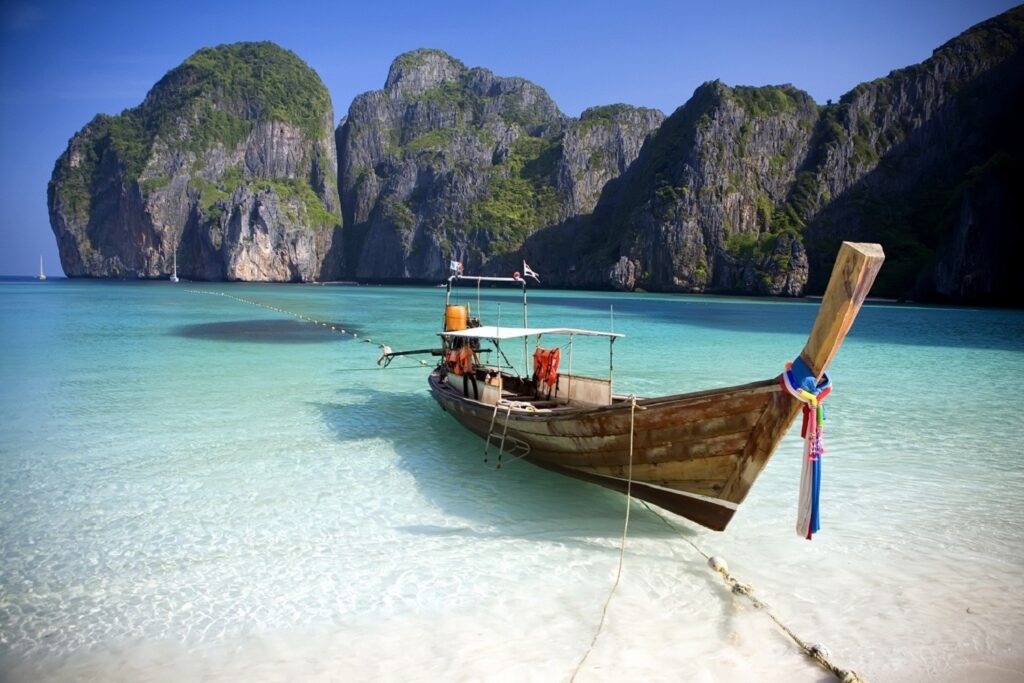
19. The Andaman and Nicobar islands have lately attracted a lot of honeymooners, families, and adventure enthusiasts.
20. There you can try scuba diving where you can explore the vibrant coral reefs. For the lazier travellers there are the sandy shores and beautiful sunsets.
21. The most popular attraction of all of the Andaman and Nicobar Islands is Havelock Island.
22. It offers countless adventure sports opportunities to its visitor from snorkelling to parasailing, scuba diving, and kayaking.
23. Tamil was once the most widely spoken language on the islands.
24. Now Bengali is the most dominant language in the islands.
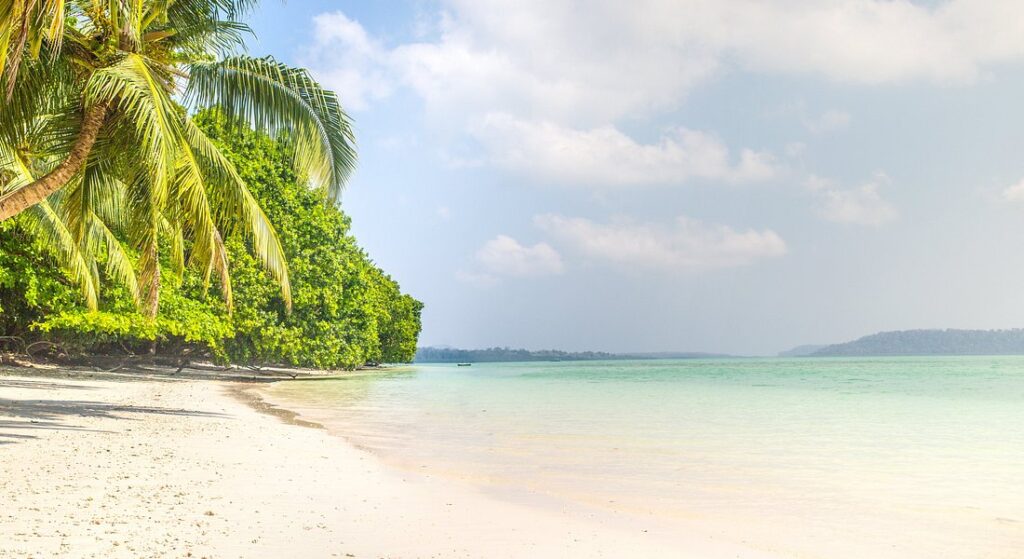
25. Marco Polo, the legendary traveller described the people living on the islands as having “heads, teeth and eyes like dogs” and the tendency to eat anyone and everyone they can catch.
26. In the waters surrounding the islands, there is a lot of marine life. There is the world’s largest sea turtle, the green turtle, clownfish, dolphins, and whales that are fiercely protected by the people and the Government.
27. The Dugong a gentle mammal is a sea cow that resides in this region. It is the state symbol of Andaman.
28. Commercial fishing has been forbidden around the Andaman Islands for more than 40 years. Luckily in these waters, fish die of old age.
29. Between Thailand and the Andaman Islands, there are 360 nautical miles, teaming with amazing marine life.
30. The Andaman Islands are home to the largest known anthropods, the hermit crabs.

